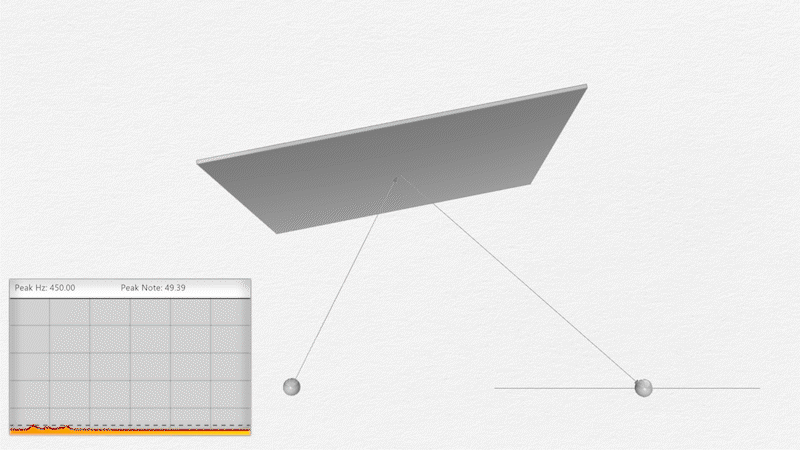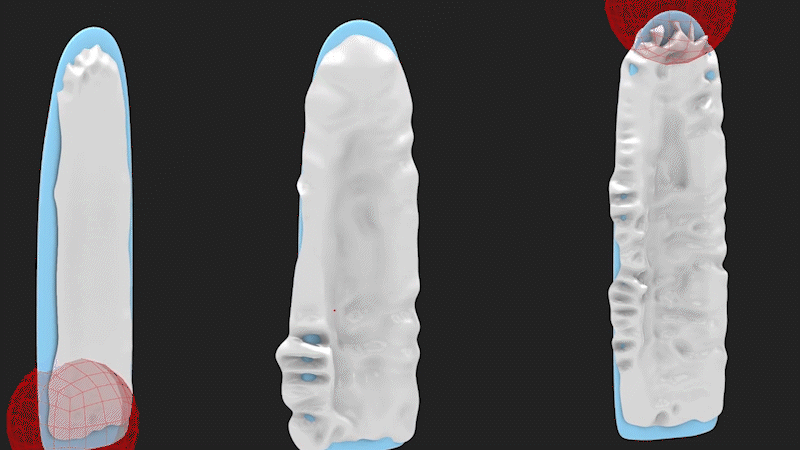Scripting and Generative Design F24
This course aims to prepare students to modeling geometry through scripted development of data scientific schemes for architecture/design applications — that is, to introduce students to basic scripting with a focus on algorithms relating to form making and to reinforce and extend basic concepts of generative modeling.
Contemporary approaches to modeling architectural geometry are computational — this is reflected in designers wanting much more control over the generative process by varying design constraints; in turn, this enhances the efficiency with which they can navigate design variations, analyze design artifacts and explore design manifestation. The complexity of constructing geometry sometimes can be translated as sequences of machining instructions, which composes algorithms and computational models. We refer to such algorithms and models as generative systems.
Generative systems have been an important topic in recent decades in computational design and in other disciplines. Earlier approaches were based on classical artificial intelligence and optimization methods; recently, a variety of computational techniques from different fields, such as parametric modeling, agent-based modeling, or neural networks, have been incorporated in the development of new generative systems. With recent developments in machine learning, we can even develop models that learn automatically from data or experience.

WANDERNET, Alice Chiem, Leslay McDonald, and Rojin Mir, 2024
The primary objective of the course is to foster students' ability to formulate design problems computationally, encompassing technical skills in computation and exploration of computational design thinking. The course will have two parts: the first will cover the basics of object-oriented programming using Python, scripting geometric constructions using GH Python in conjunction with Rhino/Grasshopper objects, and creating generative systems. The second part will focus on applying computational design techniques through a final project.

Real Time Responsive Sound Space, Caelin Sandhurst and Brock Egeto, 2024

GDifferential Growth Lights, Kiarash Kiany and Kiana Rasti, 2024